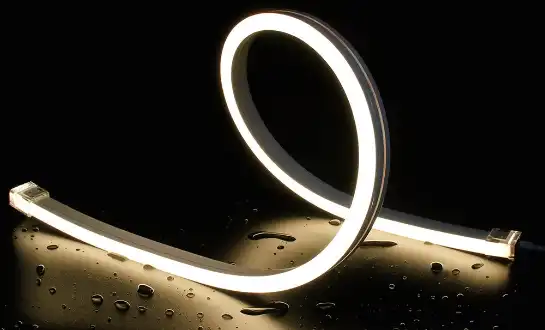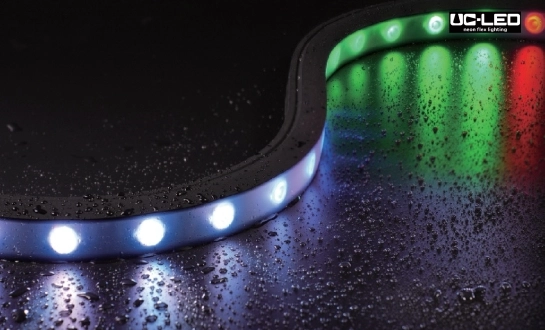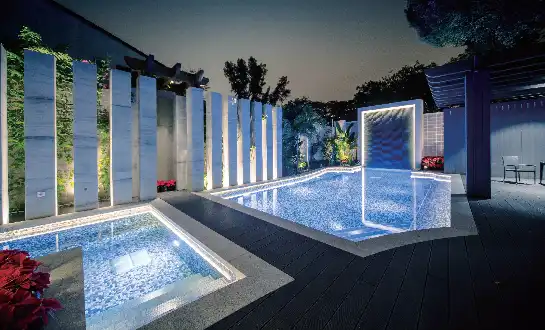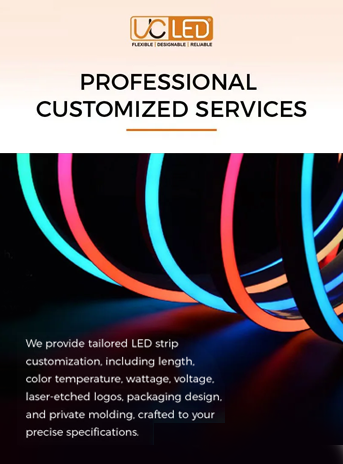What is IP and IK Rating?
Ingress security (IP) and Impact Protection (IK) scores are standard measurements that show how much security an electrical shelter gives against outside factors. IP ratings show how much protection there is against hitting the object with solids and liquids, and IK ratings show how much protection there is against hitting the object. These LED neon flex grades are very important for a range of goods since they help guarantee safety, longevity, and correct operation in a variety of settings. To pick the right lights for different situations, you need to know how these grades work.
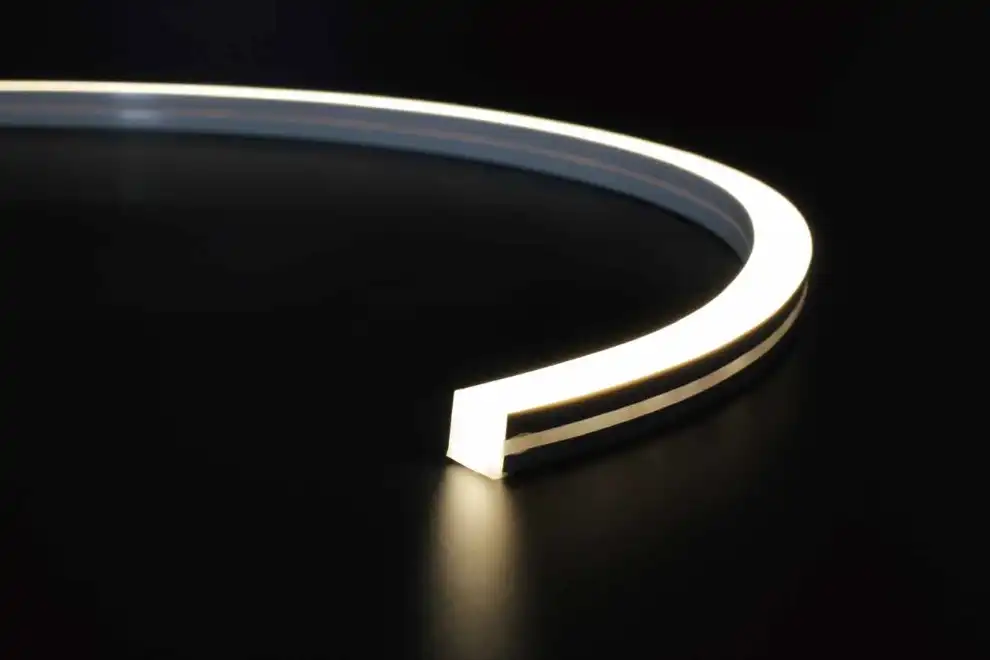
Comprehending IP Ratings: Protection Against Solids and Liquids
IP grades are very important for figuring out whether electrical tools, like LED neon flex, can be used in different settings. The grade has two digits, and each one stands for a different part of safety.
The First Digit: Solid Object Protection
The first number in an IP grade is from 0 to 6 and shows how well it protects against solid items. For instance,
- IP0X: No safety
- IP1X: Safeguards against things bigger than 50mm
- IP2X: Safeguards against things bigger than 12.5 mm
- IP3X: Safeguards against things bigger than 2.5 mm
- IP4X: Safeguards against things bigger than 1mm
- IP5X: Protected from dust
- IP6X: Safe from dust
The Second Digit: Liquid Ingress Protection
The second number shows how safe it is from liquids; it can be anywhere from 0 to 8.
- IPX0: No safety
- IPX1: Protection against water drops falling straight down
- IPX2: Protection against water drops coming at a 15° angle
- IPX3: Can be sprayed with water up to a 60° angle without being damaged.
- IPX4: Splash-proof from any direction
- IPX5: Water jet-proof
- IPX6: Protection against powerful water jets
- IPX7: Waterproof for short periods of time
- IPX8: Protection when being submerged in water continuously
When picking LED neon flex lights for outdoor use, it's important to pick ones with the right IP ratings. An IP65-rated LED neon flex, for example, would be safe from dust and water jets at low pressure, so it could work for a lot of outdoor lighting projects.
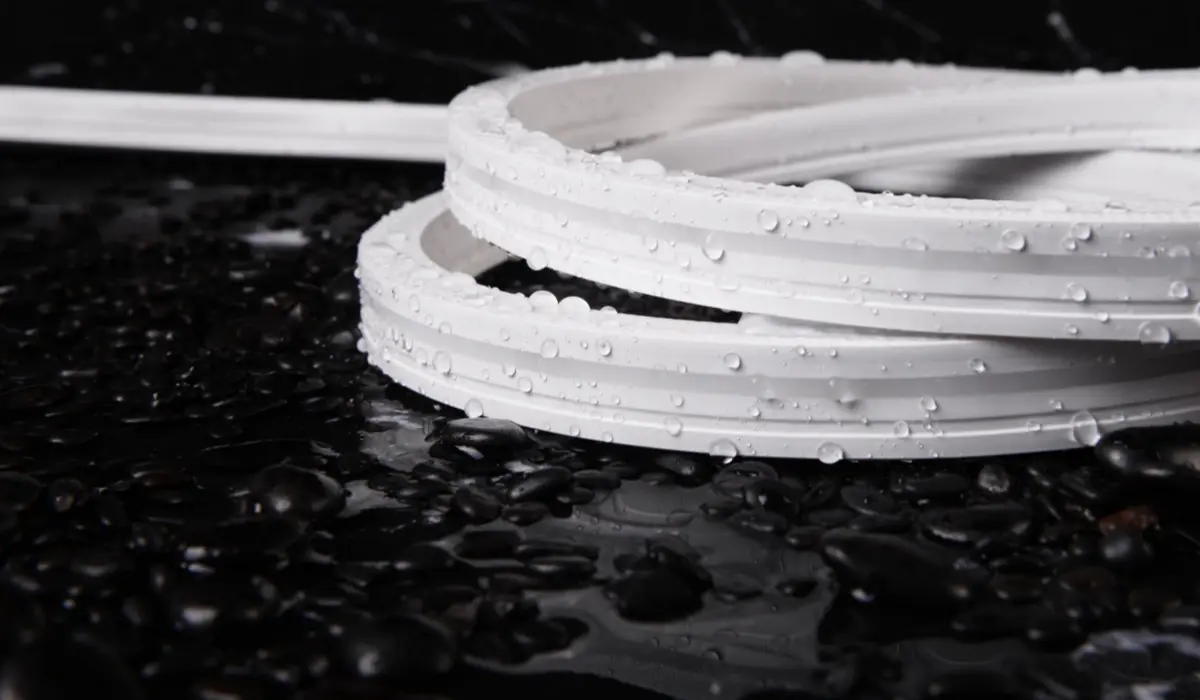
Decoding IK Ratings: Impact Resistance Explained
IP ratings are all about protecting against solids and liquids, but IK ratings are about another part of durability: how well something can resist pressure. This grade is very important for LED neon flex setups in places where they might get broken.
IK Rating Scale and Energy Levels
The IK scoring method measures impact energy in joules (J). The range goes from 00 to 10, and each number stands for a different energy level. Here's how the IK scores work:
- IK00: No protection
- IK01: 0.14 J (equivalent to a 20g object dropped from 7cm)
- IK02: 0.2 J
- IK03: 0.35 J
- IK04: 0.5 J
- IK05: 0.7 J
- IK06: 1 J
- IK07: 2 J
- IK08: 5 J
- IK09: 10 J
- IK10: 20 J (equivalent to a 5kg object dropped from 40cm)
For LED neon flex uses in places with a lot of foot traffic or where things are likely to bump into the lights, it's best to choose a product with a higher IK grade to keep it from getting damaged. This can make the lighting work last a lot longer and keep it looking nice over time.
Importance of IK Ratings for LED Neon Flex
Because LED neon flex is flexible and useful in many ways, it is often used in places where it might get hit. Understanding IK grades helps you choose the right product for certain uses:
- Retail settings: LED neon flex with better IK values can handle bumps from customers or cleaning tools in shops or showrooms.
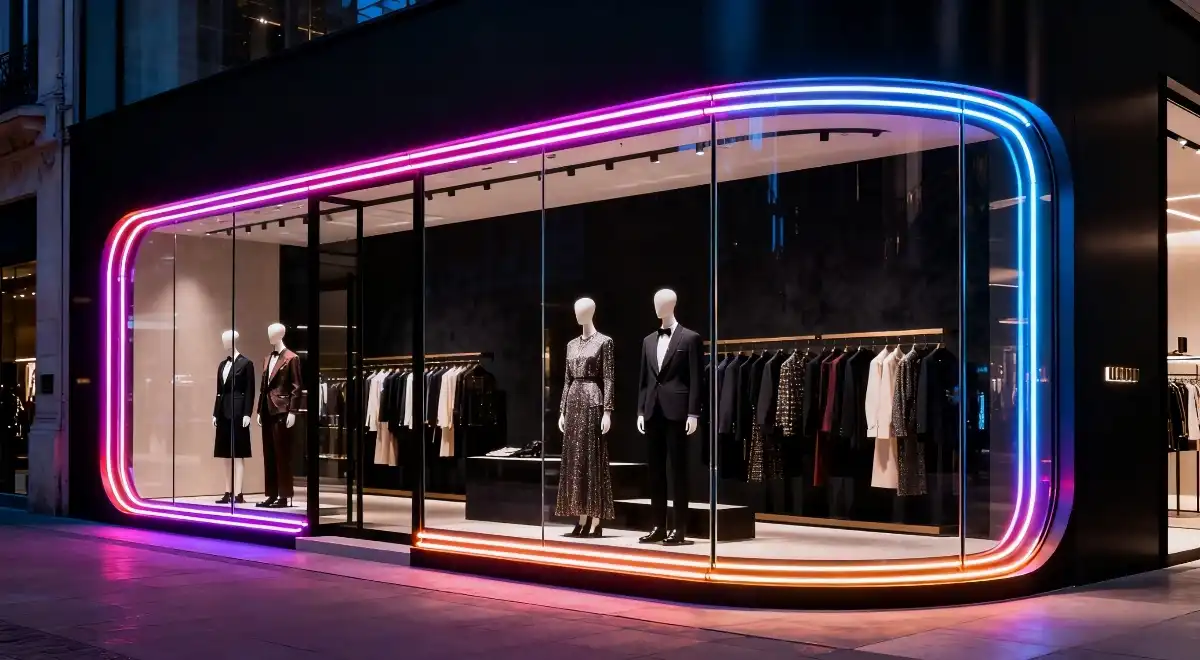
- Outdoor signage: For outdoor use, LED neon flex with strong IK ratings is a good choice because it will last against weather conditions like snow and falling debris.
- Industrial settings: If the LED neon flex is used in a factory or building, it might get hit by machines or tools sometimes, so a higher IK grade is very important.
Practical Applications: Choosing the Right IP and IK Ratings for LED Neon Flex
When choosing LED neon flex for a project, the IP and IK grades are important to make sure the lights will last and work well. Different apps need different levels of safety. Knowing these scores helps you make good choices.
Indoor Applications
When using LED neon flex indoors, the standards for IP and IK grades may not be as strict, but they are still worth thinking about:
- house lighting: An IP20 grade (covered against items bigger than 12.5mm) may be enough for most house settings. But for places like kitchens or bathrooms, think about IP44 or higher to keep water splashes out.
- Business areas: Ratings can change based on the place. IP20 might be enough for basic lights in an office, but for restaurant kitchens, IP65 might be needed to protect against dust and water.
- Display cases: In stores, an IK grade of IK07 or IK08 can keep the cases safe from people bumping into them.
Outdoor and Specialized Applications
For outdoor and specific applications, LED neon flex often needs better IP and IK ratings:
- Outdoor signage: If your sign will be outside, think about using LED neon flex with an IP65 grade or higher to protect against dust and water. An IK grade of 08 or higher can protect against possible theft or weather damage.
- Architectural lighting: The outside walls of some buildings may need LED neon flex with IP66 or IP67 grades to stand up to heavy rain and dust. IK grades from IK08 to IK10 can keep things safe from being hit.
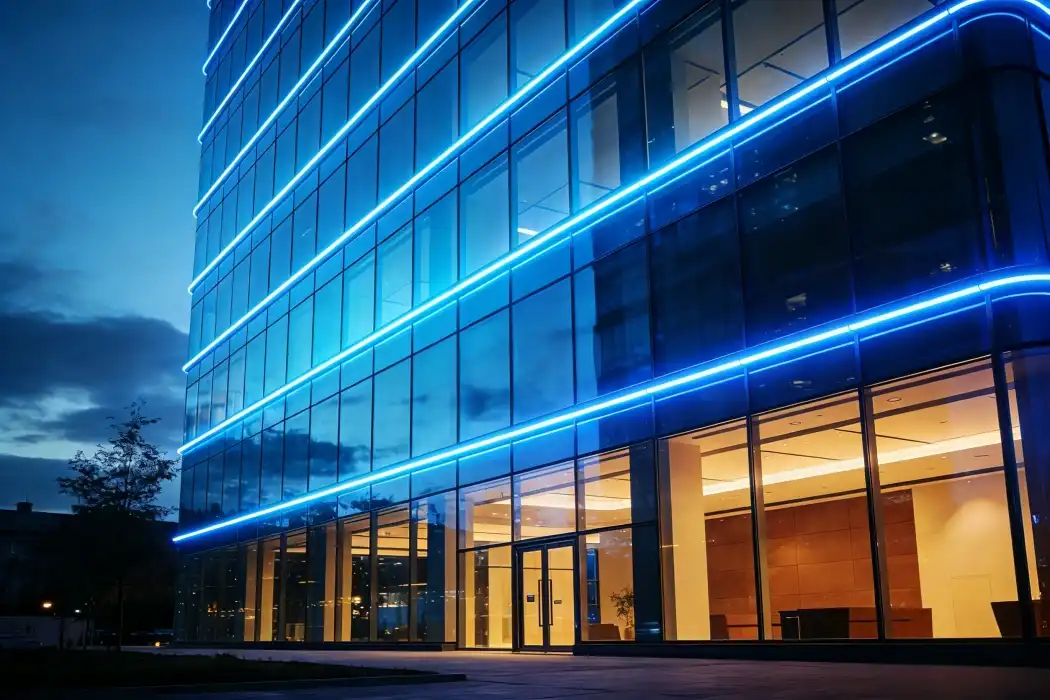
- Marine applications: If you plan to use LED neon flex on boats or in places close to the ocean, make sure it has an IPX7 or IPX8 grade to keep it from being submerged in water. It can also help to have higher IK scores so that it can survive the harsh conditions of underwater settings.
- Places where industry is used: In workshops or factories, LED neon flex might need high IP ratings (IP65 or above) to protect against dust and liquids and high IK ratings (IK08 to IK10) to stand up to hits from tools or machines.
You can choose LED neon flex with the right IP and IK grades for each job by thinking about the weather conditions and risks that might happen. This will make sure that the lights work well and last a long time.
Balancing Protection and Performance
In general, higher IP and IK grades mean better safety. But cost, light output, and energy efficiency are other factors that should be taken into account too. Sometimes, setting too high of safety levels can lead to needless costs or compromises in other areas of performance.
An IP68-rated LED neon flex, for example, may be more costly than an IP65 choice that works just as well because it offers better water protection than what's needed for a protected outdoor area where it wouldn't get wet.
In the same way, very high IK values might make the LED neon flex thicker or heavier, which could change how flexible it is or how easily it can be installed. It is very important to look at the real-world risks and pick a product that protects and performs just the right amount for your project.
Conclusion
When choosing LED neon flex for any reason, it's important to know about IP and IK grades. These standard tests give useful information about how well a product can resist the effects of nature and physical force. This helps make sure that lighting systems last a long time and work well.
You can choose LED neon flex that meets both the look and function needs and can handle the conditions of its intended surroundings by carefully thinking about each project's needs and matching them with the right IP and IK grades. This method, based on knowledge, results in better, longer-lasting, and more affordable lighting options.
If you want more information about LED neon flex goods and their IP and IK grades, or if you want to talk about your project needs, please contact QUAN HE at Linda@uc-led.com. Our group of lighting professionals is ready to help you find the best way to meet your needs.
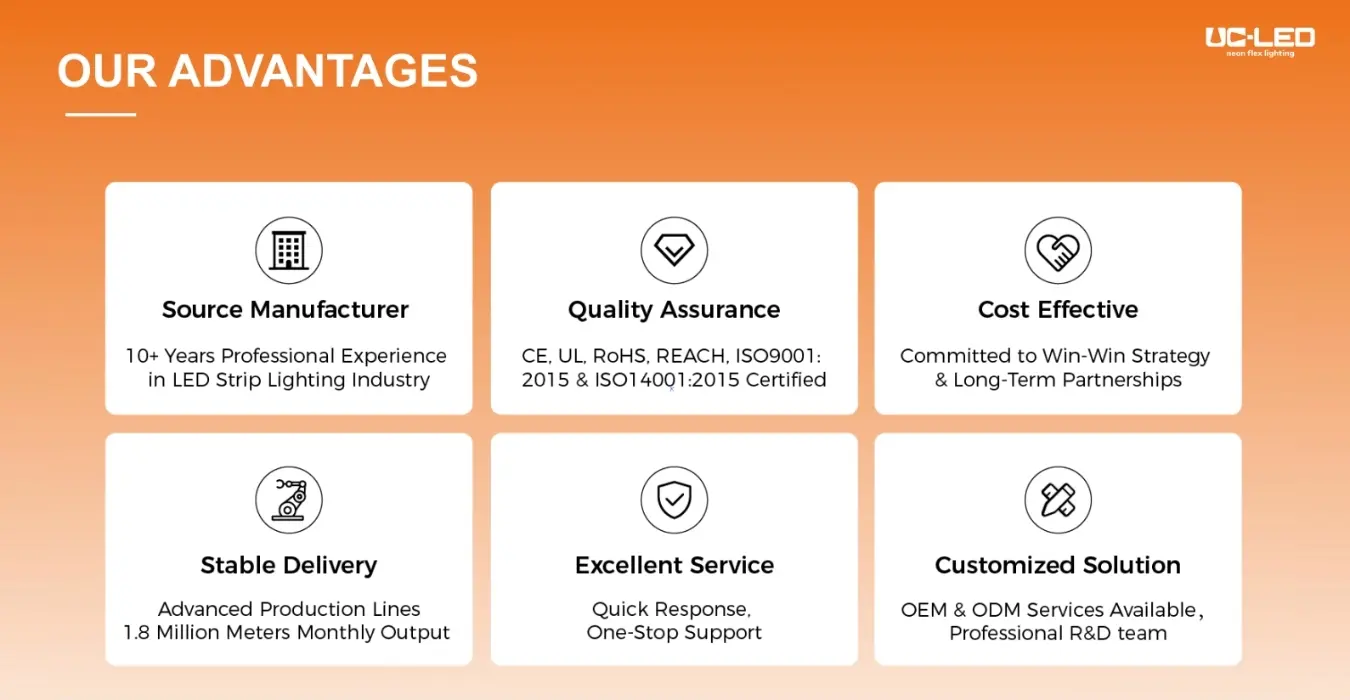
source: LED Light
References
1. International Electrotechnical Commission. (2013). IEC 60529:1989+AMD1:1999+AMD2:2013 CSV Consolidated version - Degrees of protection provided by enclosures (IP Code).
2. International Electrotechnical Commission. (2002). IEC 62262:2002 - Degrees of protection provided by enclosures for electrical equipment against external mechanical impacts (IK code).
3. Illuminating Engineering Society. (2018). IES Lighting Handbook, 10th Edition.
4. Underwriters Laboratories. (2019). UL 8750 Standard for Light Emitting Diode (LED) Equipment for Use in Lighting Products.
5. National Electrical Manufacturers Association. (2016). NEMA 250-2018 Enclosures for Electrical Equipment (1000 Volts Maximum).

Looking for high-quality LED flexible strips? Click for a free quote in 24 hours!
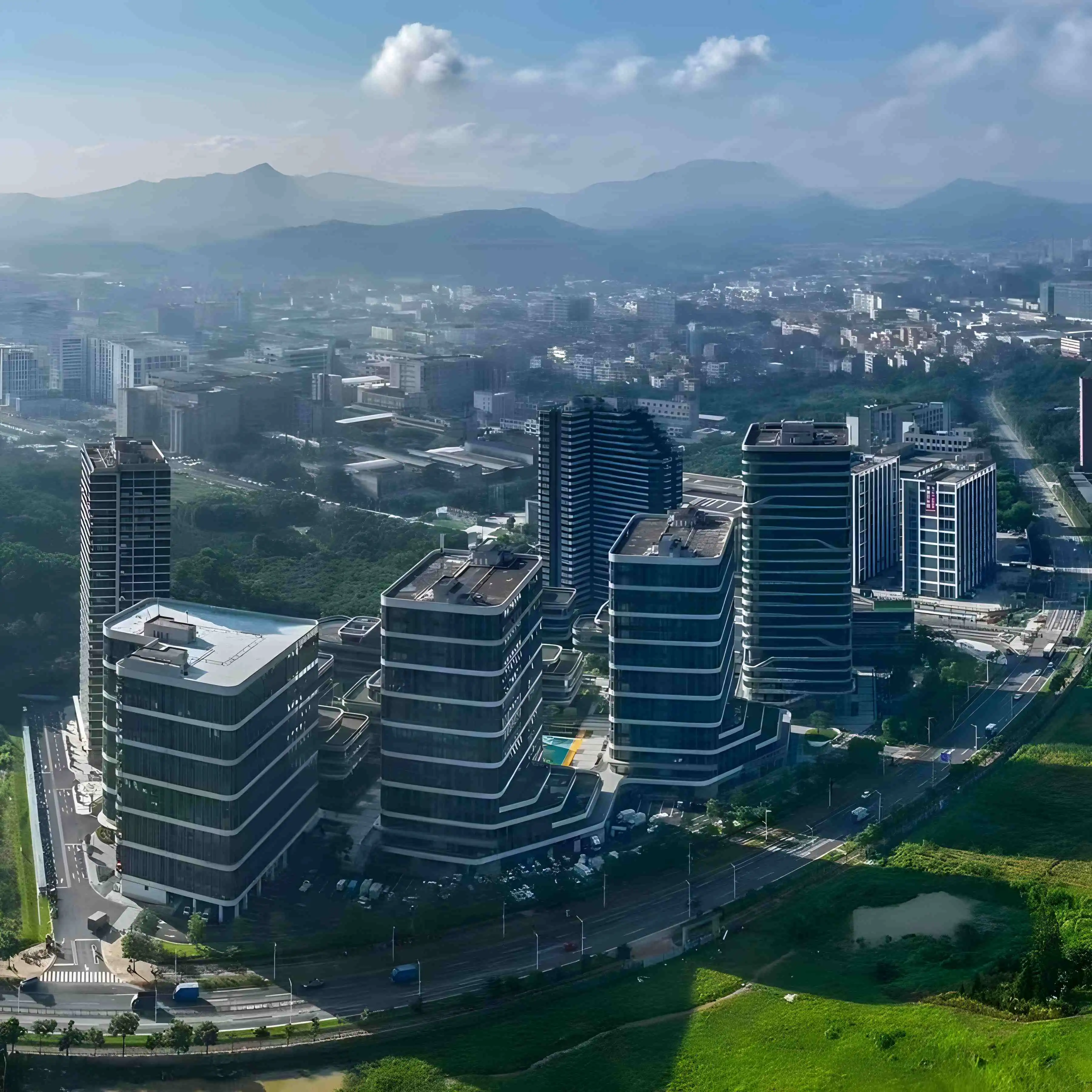
LED Neon Flex Strip Factory - Leading Professional Flexible LED Strip Manufacturer from China
